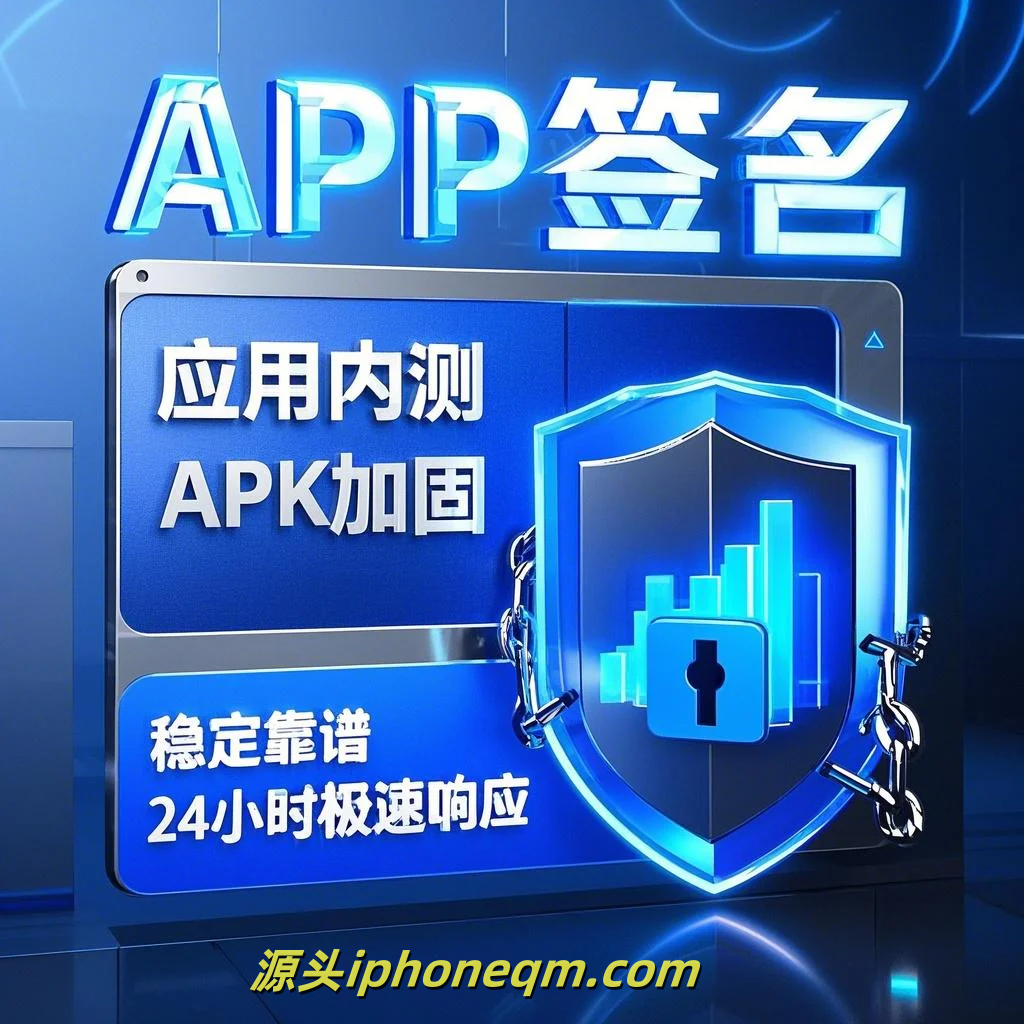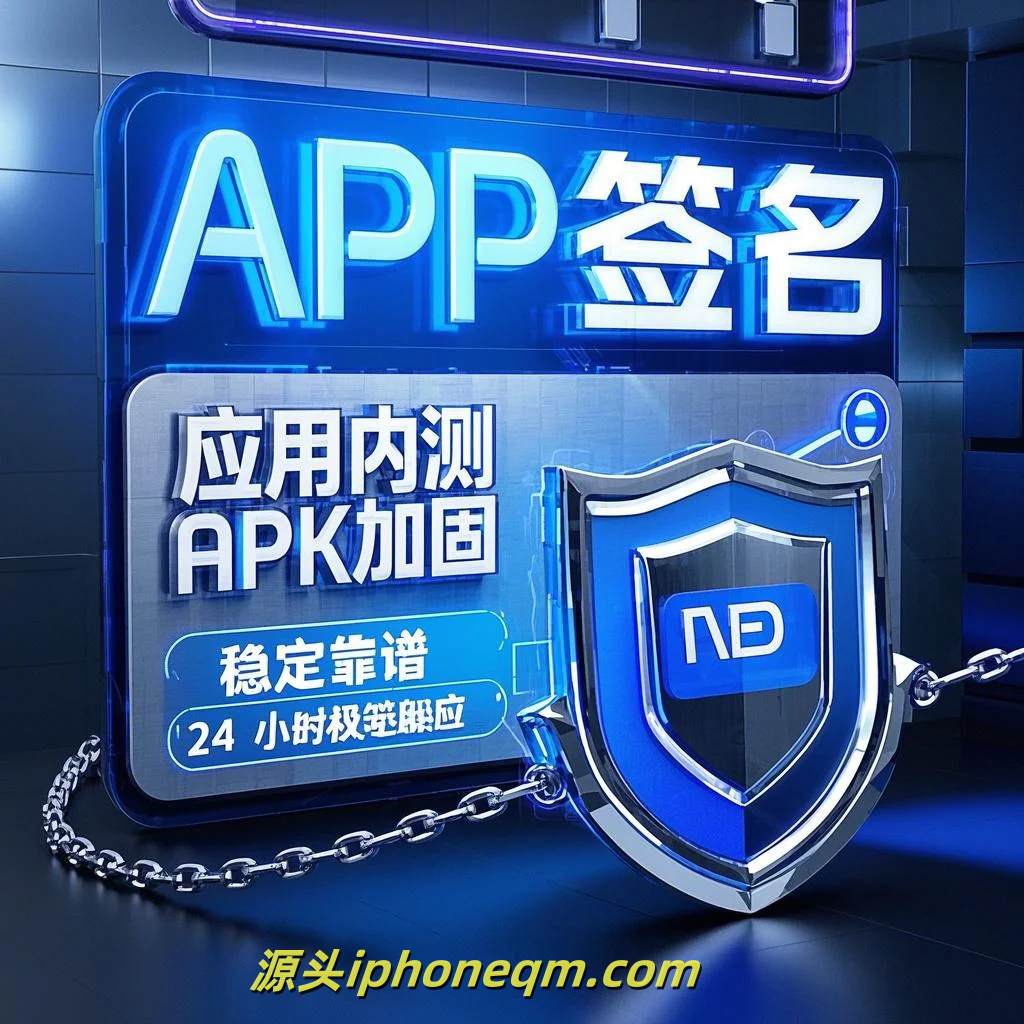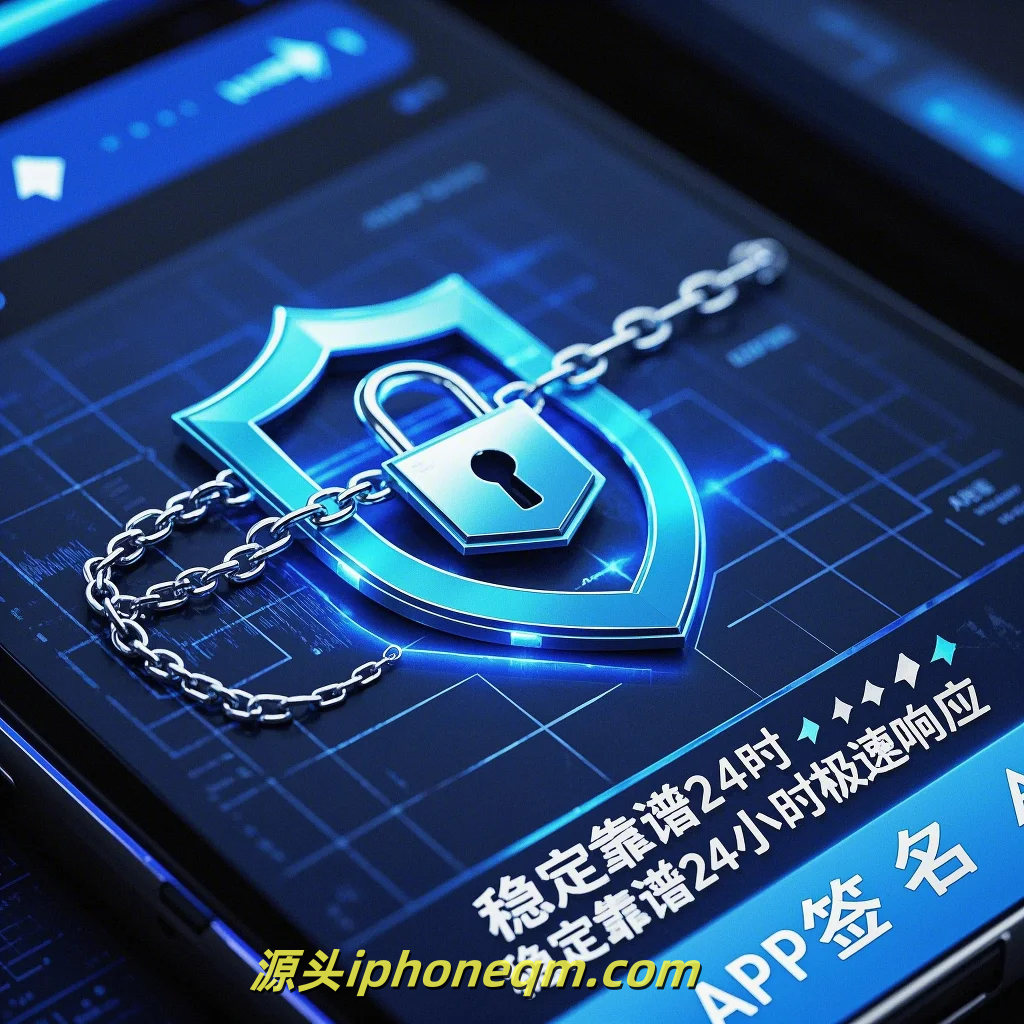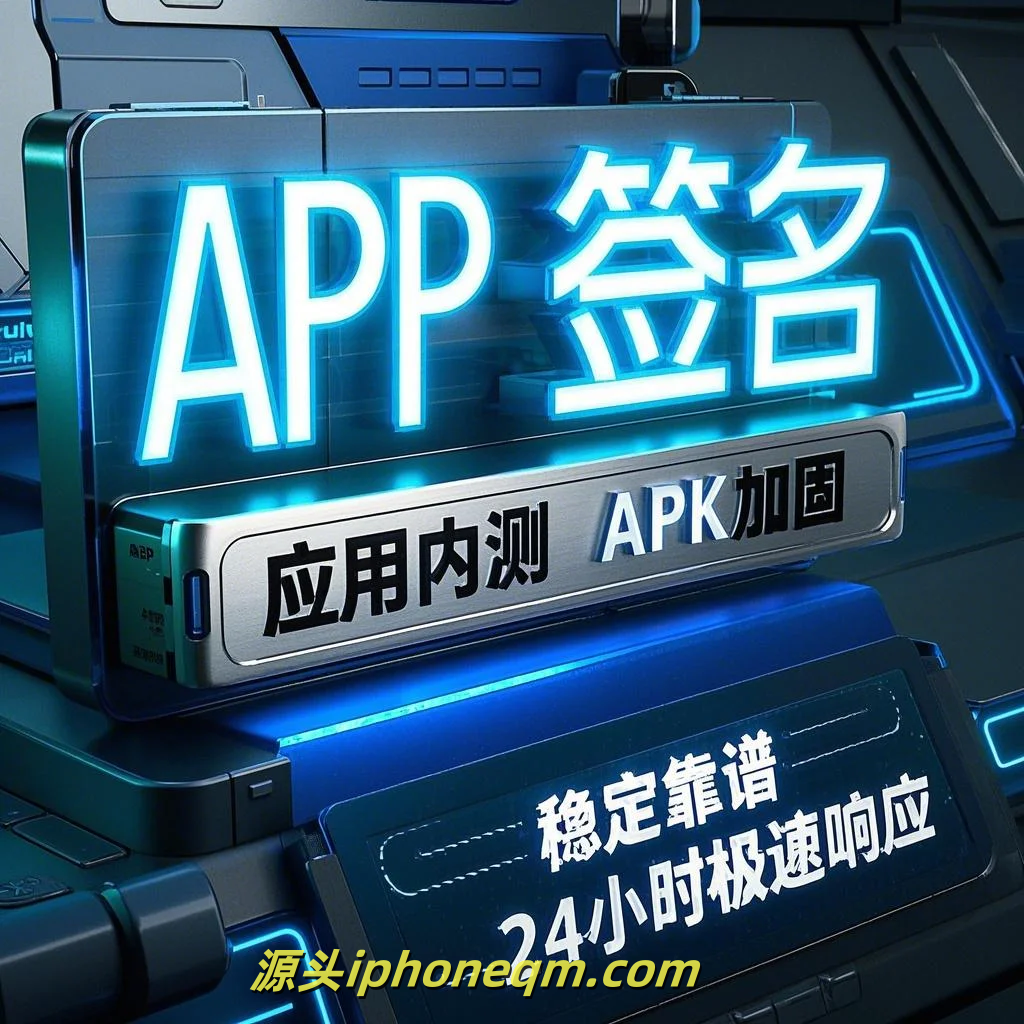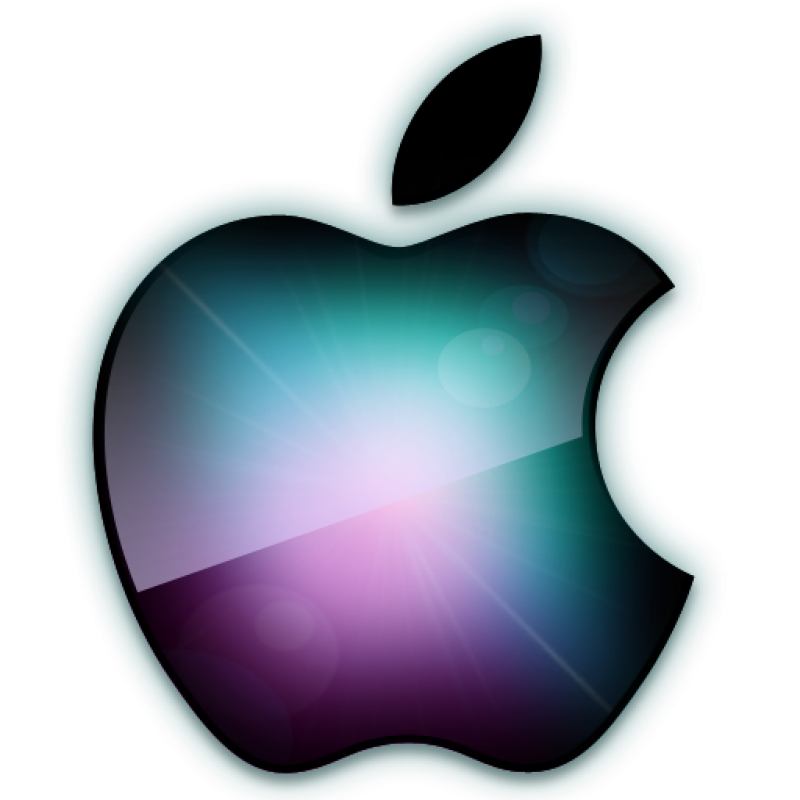Apple Signature Certificates for Developers are essential tools that ensure the security and integrity of applications developed for Apple platforms such as iOS, macOS, watchOS, and tvOS. Understanding their significance can profoundly impact a developer's approach to app creation and distribution.
At the core of Apple's development ecosystem is the concept of digital signatures. A digital signature acts as a virtual fingerprint for your app, assuring users and the App Store that the application is authentic and has not been tampered with. This authentication process is crucial in today’s environment where cyber threats are increasingly sophisticated. By using Apple Signature Certificates, developers can establish trust with their users, which is vital for gaining and maintaining a user base.
To obtain an Apple Signature Certificate, developers must enroll in the Apple Developer Program. This program provides access to various resources, including tools and documentation necessary for app development and deployment. Once enrolled, developers can create signing requests and fetch their certificates through the Apple Developer portal. This step is fundamentally important as it verifies that the developer is a legitimate entity and maintains the security required to safeguard user data.
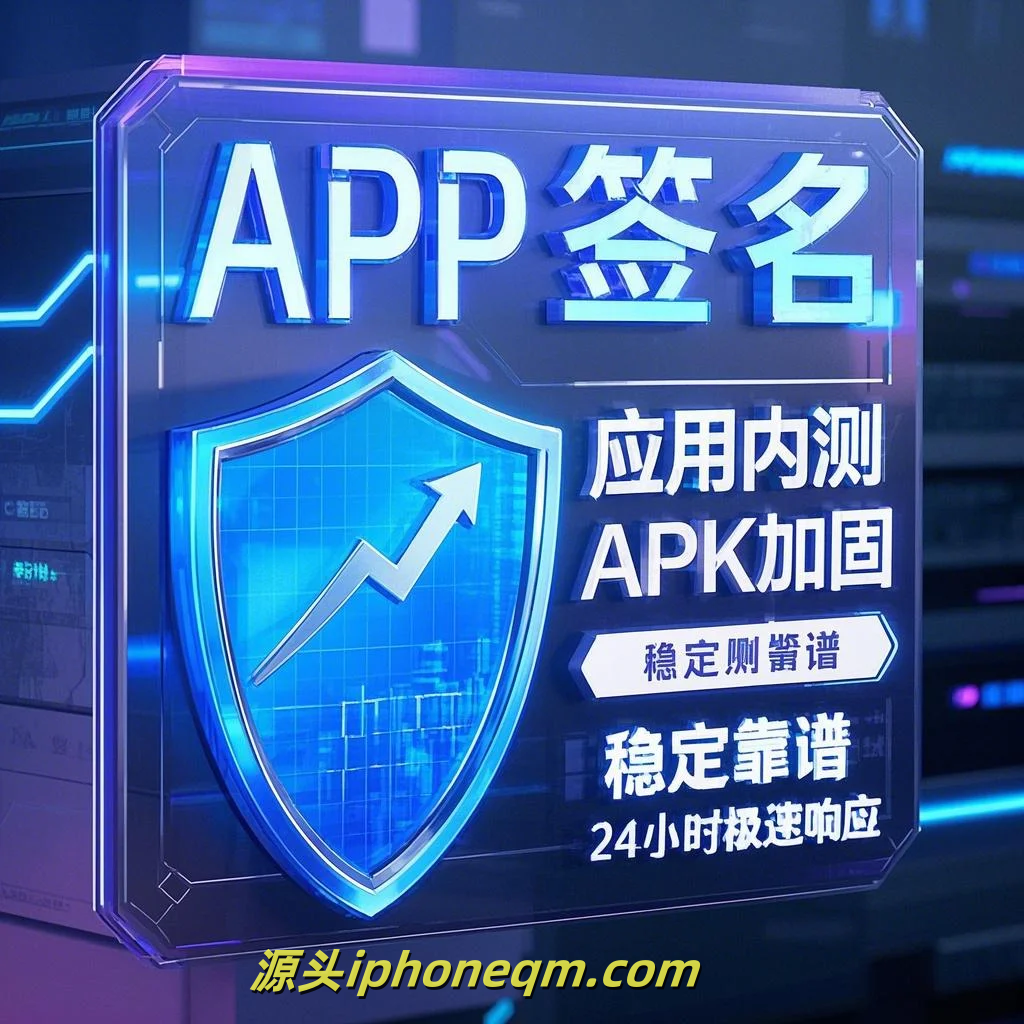
Once the certificates are issued, they must be properly integrated into the development and release process. The signature is combined with the app during the build and compile phase, specifically tailored for each platform. When a user attempts to install an app, their device checks this signature against Apple’s server. If everything checks out, the installation proceeds. If not, the user receives an error message, which could damage a developer’s reputation if not addressed correctly.
In addition to user trust, Apple Signature Certificates grant developers the ability to take advantage of advanced features such as push notifications, in-app purchases, and access to sensitive APIs. Without these certificates, a developer would be unable to utilize these powerful features, which significantly enhances the app's functionality and user experience. Therefore, obtaining and managing these certificates is not just a bureaucratic step; it is a crucial element of providing a polished and reliable product.
However, managing these certificates requires diligence. Certificates can expire, and if not renewed, can lead to app failures or disruptions in service. Developers must stay proactive in monitoring the validity of their certificates, which includes keeping track of development and production environments separately. This distinction helps in managing the app’s lifecycle more efficiently.
Moreover, collaboration among teams can complicate certificate management. Changes in team structure, whether it be hiring or departures, must align with the management of these certificates. Using best practices such as version control and shared repositories can streamline this process, ensuring that everyone involved in app development understand the importance of these digital signatures.
In summary, Apple Signature Certificates for Developers are a fundamental pillar of app authentication, trust, and security. They not only protect developers but also enhance the user experience by ensuring that applications are both legitimate and reliable. As cyber threats continue to evolve and consumer awareness increases, the importance of maintaining rigorous security protocols through these certificates cannot be overstated. For developers aiming to create successful applications in the Apple ecosystem, investing time and resources into understanding and managing these certificates is an endeavor that will pay off in the long run.
扫描二维码推送至手机访问。
版权声明:本文由MDM苹果签名,IPA签名,苹果企业签名,苹果超级签,ios企业签名,iphoneqm.com发布,如需转载请注明出处。

